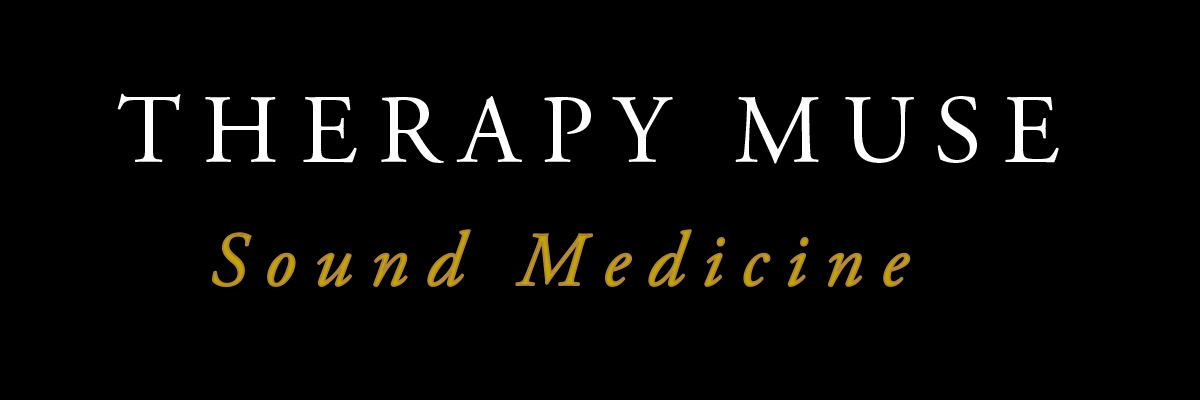Are You Hearing the Whole Waterfall?
Music’s role in helping the listener define and absorb the sense of atmosphere you wish to impart is both subtle and pervasive.
Have you ever been standing in front of a waterfall and felt the roar of the cascading water vibrating through your body? It generates a feeling of awe and a profound respect for the power of nature, deeply nurturing and balancing. What you experienced is the effect of lower frequency sound waves rebounding the liquid matrix of your body.
How does a sound experience like that translate from nature into an enclosed space such as a clinical treatment room? Here is a Fun Fact: Human hearing has a frequency range of 20Hz to 20,000Hz. Let’s explore what this means in terms of our firsthand experience of a waterfall and why our recorded experience of the sound of the waterfall might be diminished.
In order to explore more, we first have to cover a little physics of sound terminology, notably frequency and wavelength. Frequency is measured in Hertz and wavelength is measured in meters.
What the heck is an Hz anyway? you might ask. Hz or Hertz is a measure of frequency. An effective way to think of frequency is as a range of measurements, and the range is a map of vibrations. The vibrations are pressure waves moving through a medium such as air, and the frequency, Hz, is the measurement of those vibrations. To use a well worn analogy, the territory is not the map. The waves are real, ie the territory. The measurement, Hz, is an abstraction, ie the map. Within that range, each time a wave passes a given point in space per second is 1 Hz. If sound waves pass a fixed point 100 times per second that measurement is 100 Hz.
Wavelength is the measure of the distance between the peaks of waves passing a fixed point. Lower frequencies have longer wavelengths. For instance, the lowest note we can hear, 20 Hz, has a wavelength of 17.2 meters, or 56.5 ft. 100 Hz has a wavelength of 3.4 meters, or 11.3 ft.
How does frequency and wavelength translate into felt experience? Here are a couple of examples: An old sound engineering trick when tuning a kick drum for a live rock show is to manipulate the drum head and microphone position and and then tune soundboard equalization until you feel the kick impulse vibrating in your chest. This sound is generally centered around 80 Hz. The effect of this trick when played at sufficient volume, makes it almost impossible to resist moving to the beat.
Recent music therapy research is showing that vibroacoustic frequencies (sound delivered directly into the body via transducers in a chair or sound table) are effective in treating Parkinson’s Disease. Introducing frequencies around 40 Hz shows a marked reduction effect on dystonia among these patients.
I refer to sound that you can feel in your body as Visceral Sound. The sound waves producing Visceral Sound have a wide enough wavelength to vibrate into the liquid matrix of the body, especially the thoracic cavity, respiratory diaphragm, and belly. A good example of the effect of the low frequencies in the 2-3 Hz range, well below our range of hearing, is a massive organ in a grand cathedral. The pipes playing the lowest notes are so long they are buried under the floor, and the visceral effect of the music translates to a sense of awe. Similarly, transducers placed under the seats at movie multiplexes are capable of carrying the huge sound waves that can produce this feeling.
The waterfall produces a complete sound field, spanning the wave forms from visceral sound to the higher frequencies at the upper limit of hearing. How might we capture and reproduce more of the awe-inspiring and healing frequencies of the actual waterfall in our treatment rooms and daily life? This is where understanding frequency as a map of harmonic potential is helpful.
Think about being at the beach. Big waves have more impact than ripples. If you are creating a musical sound field using the speaker from your phone your sound field will not have much low frequency information (big waves), since phone speakers taper off at around 800Hz, which translates to a wavelength of 17 inches (ripples.) For perspective, the lowest note we can hear, 20 Hz, has a wavelength of 56.5 feet. The vibrations from the buried organ pipes or multiplex transducers that are felt rather than heard have wavelengths of around 63 ft.
Of course, only the lowest note generates such wide wavelengths, but your cellphone’s potential is only 17 inches.
Adding a small Bluetooth speaker to your sound setup increases your wavelength potential to 12 feet. A bookcase speaker with low frequency range of 60 Hz can generate waves around 20 ft. There is a difference between notes you feel in your body and notes you think in your brain. Yes, your brain can fill in missing information. Psychoacoustic research shows that when a low note is missing in playback the brain can replicate that note. So, if you have a baseline around 100Hz it will generate strong harmonics at 200 Hz and 400 Hz. If you are using a tablet for playback, which has a bass rolloff around 400 Hz, then your brain will pick up just enough information from the harmonic to fill in the missing bass line. However, the more your brain has to compensate for missing information, the more fatiguing the listening experience is. Without the physical waves moving through air, the visceral felt sense of sound and music is missing.
You are only hearing half the waterfall.
You can experience the waterfall as immediate and visceral or as a more distant white wash of sonic wallpaper. The felt sense visceral component of sound and music requires playback of lower frequencies with longer wavelengths. In the end, there is no substitute for moving air.
